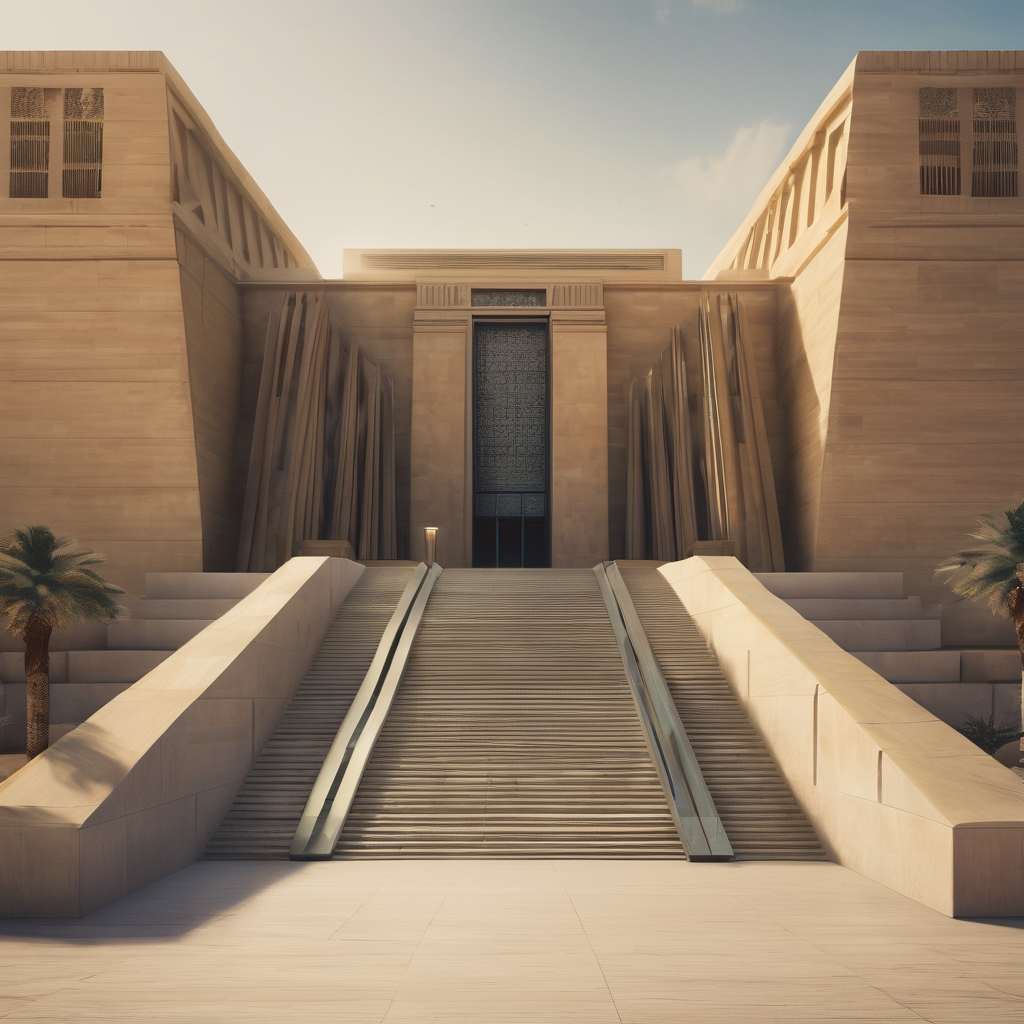World leaders, including prime ministers, presidents, and members of royalty, gathered in Cairo on Saturday to celebrate the grand opening of the Grand Egyptian Museum (GEM), an impressive facility situated near the Pyramids. This significant occasion marks the culmination of two decades of construction, a journey that navigated numerous obstacles, including the Arab Spring uprisings, pandemics, and regional conflicts.
During a press conference, Egyptian Prime Minister Mostafa Madbouly emphasized the museum’s importance, describing it as a “gift from Egypt to the whole world.” He highlighted the remarkable history represented within its walls, which stretches back over 7,000 years. The inauguration event featured vibrant cultural performances displayed on a massive screen in front of the museum, showcasing Egypt’s rich heritage to the attendees, including President Abdel Fattah al-Sisi.
The opening celebrations included performances by Egyptian pop stars along with a live international orchestra and dancers dressed in pharaonic costumes, all enhanced by a captivating light show featuring fireworks and moving hieroglyphics. President Sisi stated that the GEM marks a new chapter in Egypt’s illustrious history, underlining the museum’s vital role in preserving and showcasing the nation’s ancient legacy.
Housing a remarkable collection of over 100,000 artifacts, the museum prominently features treasures from the tomb of the young pharaoh Tutankhamun—an exhibit that has cultivated global excitement since its announcement. Significant items on display include Tutankhamun’s exquisite burial mask, golden throne, and sarcophagus, accompanied by a grand statue of Ramses II located in the museum’s entry hall.
In contrast to the neoclassical Egyptian Museum, which has been an important cultural repository for over a century, GEM showcases a modern architectural design that harmonizes with the iconic Pyramids, enriching the visitor experience in a contemporary context. This new facility is welcomed as an improvement over the old museum, which faced challenges related to security and preservation practices during turbulent times.
The Egyptian government aspires for the GEM to reshape perceptions regarding its custodianship of historical treasures and to advocate for the repatriation of Egyptian artifacts currently housed in international museums. A recent article in the state-run Al-Ahram Weekly portrays the museum as more than a mere building; it embodies a philosophy and cultural legacy that authentically integrates Egypt into the global narrative of heritage.
Funded primarily through Japanese development loans at a cost exceeding $1 billion, the museum’s expansive design encompasses about 120 acres, making it one of the most significant cultural institutions worldwide. Officials believe that GEM will play a crucial role in revitalizing tourism, a vital economic sector for Egypt that has seen instability in recent years.
As officials anticipate welcoming guests, many parts of the museum have already opened to the public, though some exhibits were not available during the inauguration. The tourism revival that GEM is expected to catalyze could signal a new era for Egypt, encouraging not only economic growth but also a global appreciation for its rich cultural heritage. This initiative represents a promising step forward in promoting heritage tourism and fostering engagement with Egypt’s enduring legacy.
